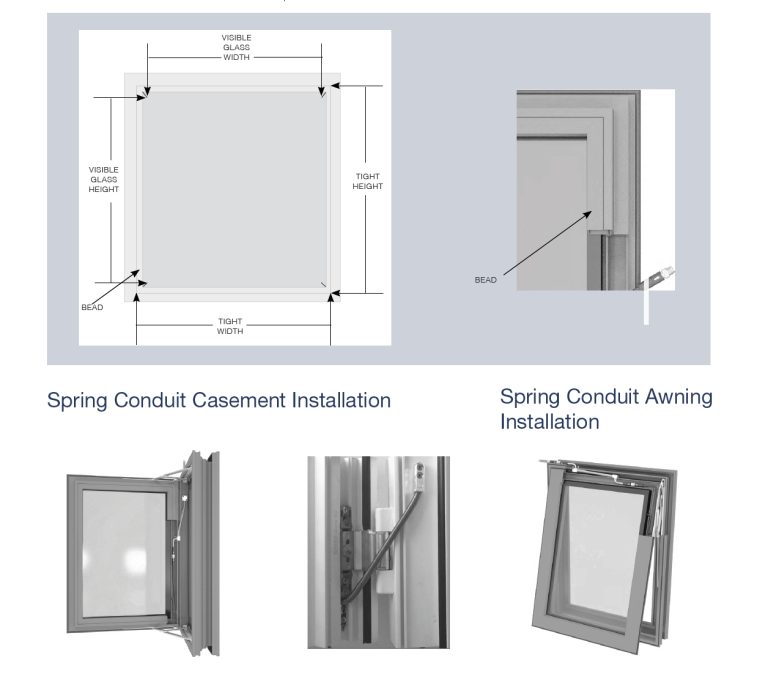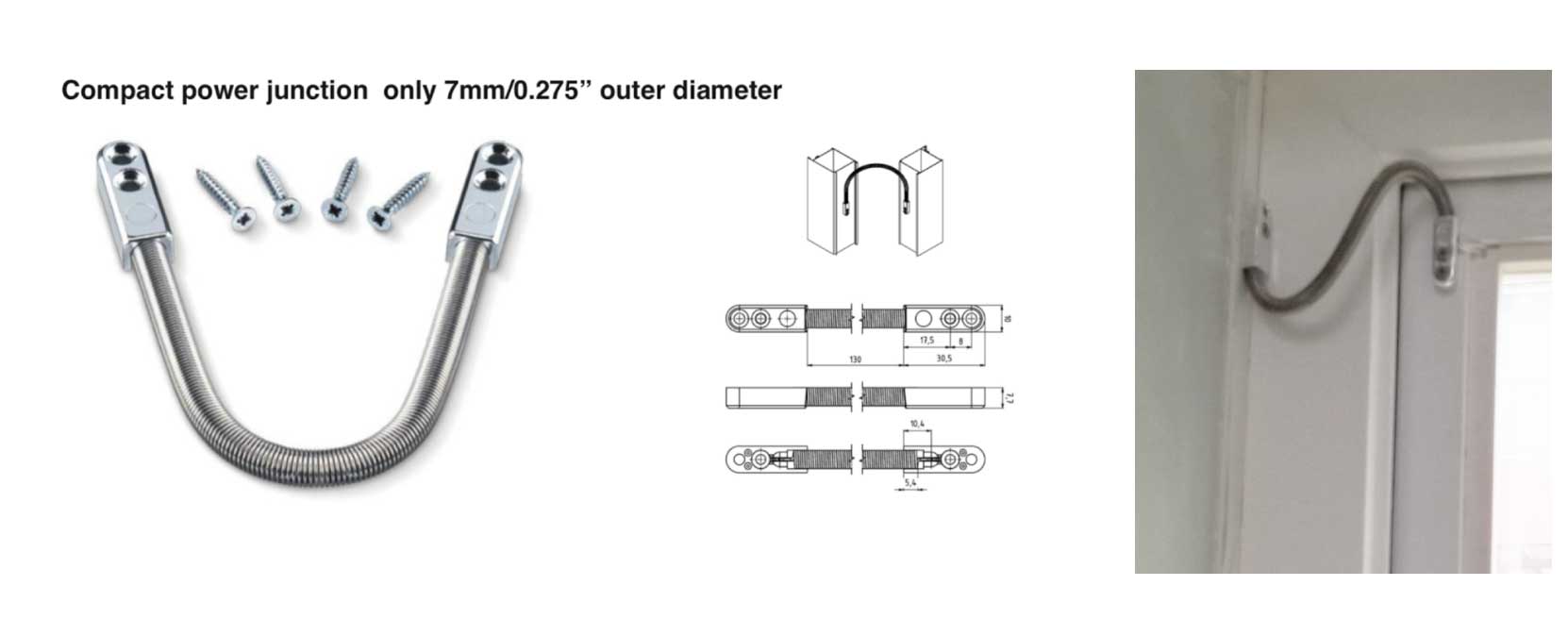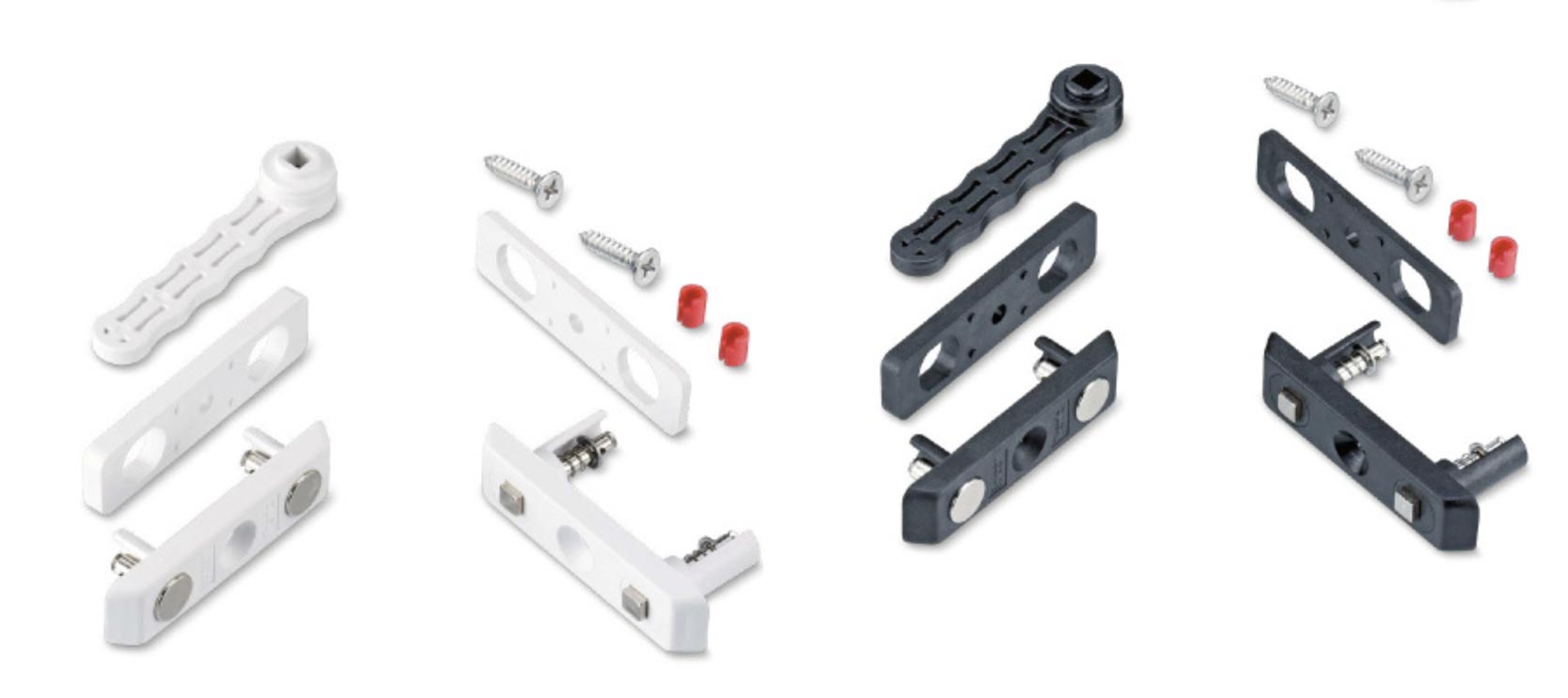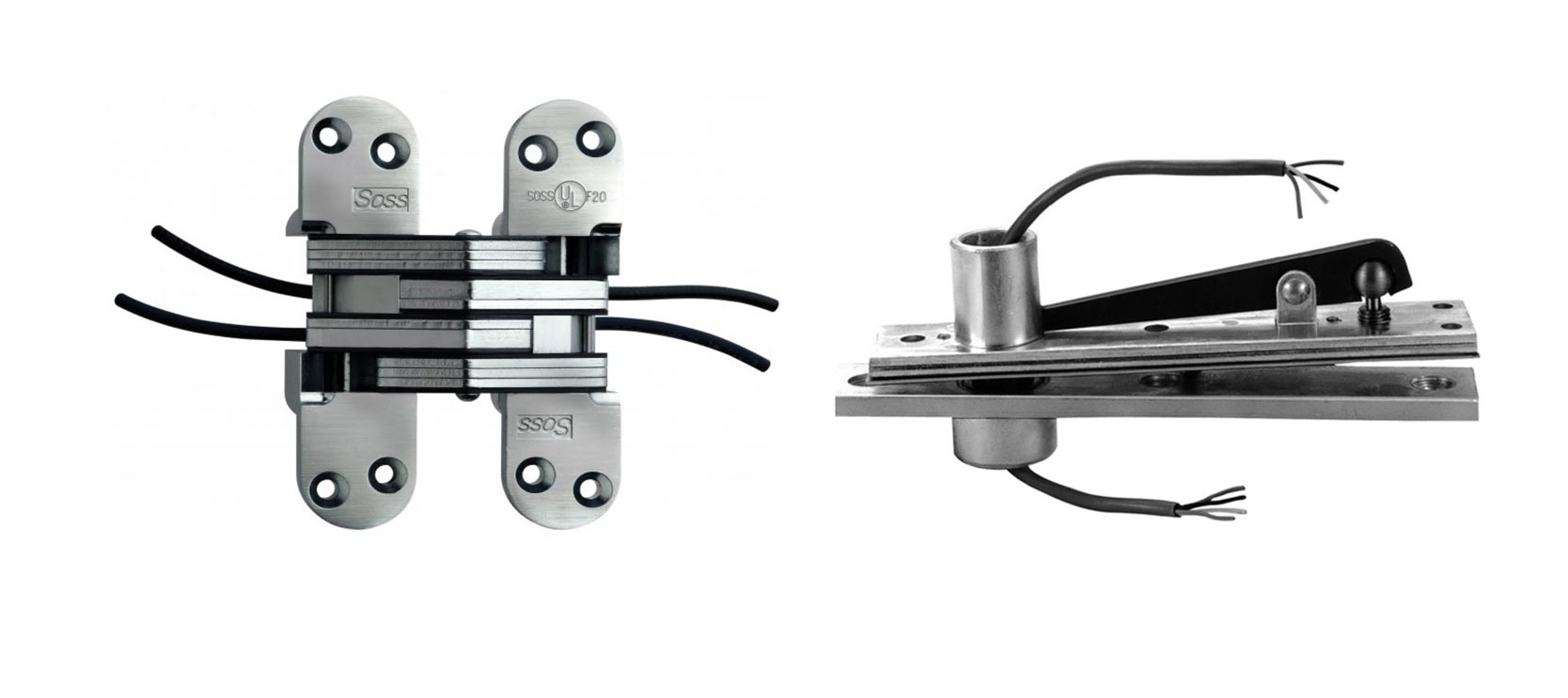- +971 50 107 6116 | +971 54 417 5545 | +971 4 267 3414
- info@smartglassmasters.ae
Smart glass, also known as switchable glass, is a type of glass that can be controlled to switch between opaque and transparent states. This type of glass is becoming increasingly popular in modern architecture due to its energy-saving capabilities and aesthetic appeal.
The installation of smart glass requires several electrical components that work together to control the glass’s opacity.
Here are some of the essential electrical components of smart glass installation:
Smart glass requires a power supply to function. The power supply provides the necessary electrical current to switch the glass from transparent to opaque and vice versa.
A control switch is used to operate the smart glass. The switch sends signals to the power supply, which in turn controls the electrical current flowing through the glass.
Wiring connects the control switch to the power supply and the smart glass. Proper wiring is essential to ensure that the switch operates smoothly and that the glass switches quickly and accurately.
A dimmer is an optional component that can be used to adjust the level of opacity of the smart glass. With a dimmer, the user can control the level of transparency and adjust it to suit their needs.
Sensors can be used to automate the smart glass’s operation. For instance, temperature sensors can be used to detect the level of sunlight and automatically adjust the glass’s opacity accordingly.
A remote control can be used to operate the smart glass from a distance. This feature is particularly useful in settings where the glass is installed in hard-to-reach locations.

Smart glass wiring for doors involves the installation of low voltage electrical wiring that connects to a power source, such as a transformer or a standard electrical outlet. The wiring must be properly installed and insulated to prevent any potential hazards or malfunctions. In addition to proper wiring, smart glass doors must also have a suitable power supply that can handle the electrical demands of the smart glass technology. This is especially important in high-traffic areas, where the door is frequently used.

Smart glass wiring for doors involves the installation of low voltage electrical wiring that connects to a power source, such as a transformer or a standard electrical outlet. The wiring must be properly installed and insulated to prevent any potential hazards or malfunctions. In addition to proper wiring, smart glass doors must also have a suitable power supply that can handle the electrical demands of the smart glass technology. This is especially important in high-traffic areas, where the door is frequently used.

Smart glass wiring for doors involves the installation of low voltage electrical wiring that connects to a power source, such as a transformer or a standard electrical outlet. The wiring must be properly installed and insulated to prevent any potential hazards or malfunctions. In addition to proper wiring, smart glass doors must also have a suitable power supply that can handle the electrical demands of the smart glass technology. This is especially important in high-traffic areas, where the door is frequently used.

Power transfer hinges are a type of power source that can be used in the installation of smart glass. They consist of hinges that are installed between the frame of the glass and the adjacent wall. These hinges have an electrical conductor built into them, which allows power to be transferred from the power source to the glass. The power transfer hinges work by allowing the electrical current to pass through the hinge from the power source to the glass. The hinges are designed to transfer power to the glass without interfering with the opening and closing of the door. Power transfer hinges are commonly used in settings where smart glass is installed in doors or windows.